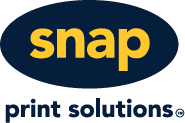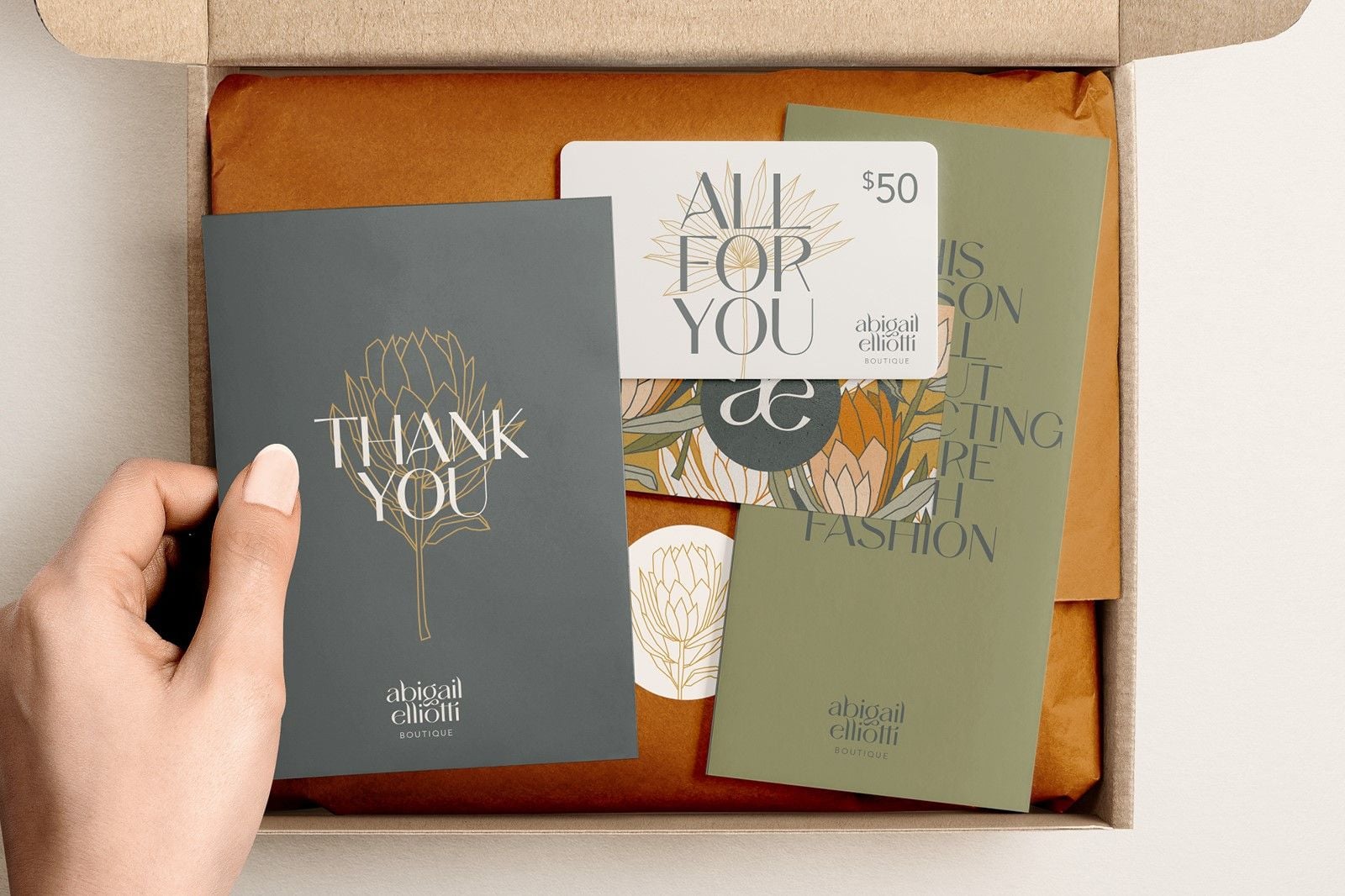7 creative training material design ideas for your business
)
Whether you're onboarding new team members or upskilling existing staff, training helps make your operations more efficient. Because training materials are often extremely word heavy, they tend to lack visual appeal and can be difficult to digest. Here are some clever and creative ways to use print to transform your training materials from drab to delightful.
1. Say it in visuals
Infographics are popular online but these nifty nuggets of visual communication can make an impact in print especially if you're using them to convey complicated processes. Use them to support data, illustrate step-by-step procedures or as a snapshot of important learnings.
2. White space
What better way to break up text in your training materials than with white space? A bit like the brief silence between songs, white space between chapters, paragraphs and visuals can make information a lot easier to digest. As a result, people are more likely to retain what they've learned.
3. Pocket-sized
Going pocket-sized or, at least, smaller than A4 can have a great impact on the overall learning experience. It makes it easy for your team members to reach for their training materials wherever they are. And with less content on each page, you can take information in at a glance and repurpose it as flashcards whenever you need to.
4. Binding
Your choice of binding can make your training materials even more practical. A ring binding, for example, allows a booklet to lie completely flat while you practise certain steps. This is also useful when you just want to look at one page at a time to minimise distraction.
5. All caps
All caps might be a bit shouty online, but using this style in print, sparingly of course, is an easy way to draw attention to a section. Use all caps in summary pages to highlight important statistics or in headings to improve the visual appeal of your training manual and keep your readers interested.
6. Colour
There's no need to stick with black and white for your training manual, so if your brand style guide permits, don't be afraid to use some colour. Use colour, for example, to illuminate headings, focus on key points or just incorporate some crafty design elements to increase the appeal of your document. And keeping them in line with your brand guidelines helps reinforce your brand identity.
7. Complementary fonts
Carefully combining two or three different fonts in your training manual also helps increase the readability and visual appeal of print. However, make sure they match. The golden rule here is: opposites attract. Combine a serif font with a sans serif font or a bold font with one that's more fine-lined. Don't sway from your current brand fonts if you already have typography included in your guidelines. If you don't have guidelines, this might be an opportunity to create some for your business.
Training materials can be long and complex, but they need not be boring and difficult to read. Clever design can help create user-friendly training manuals for your business.
Keen to get your training materials spruced up? Contact your local Snap Centre.

)
)
)

